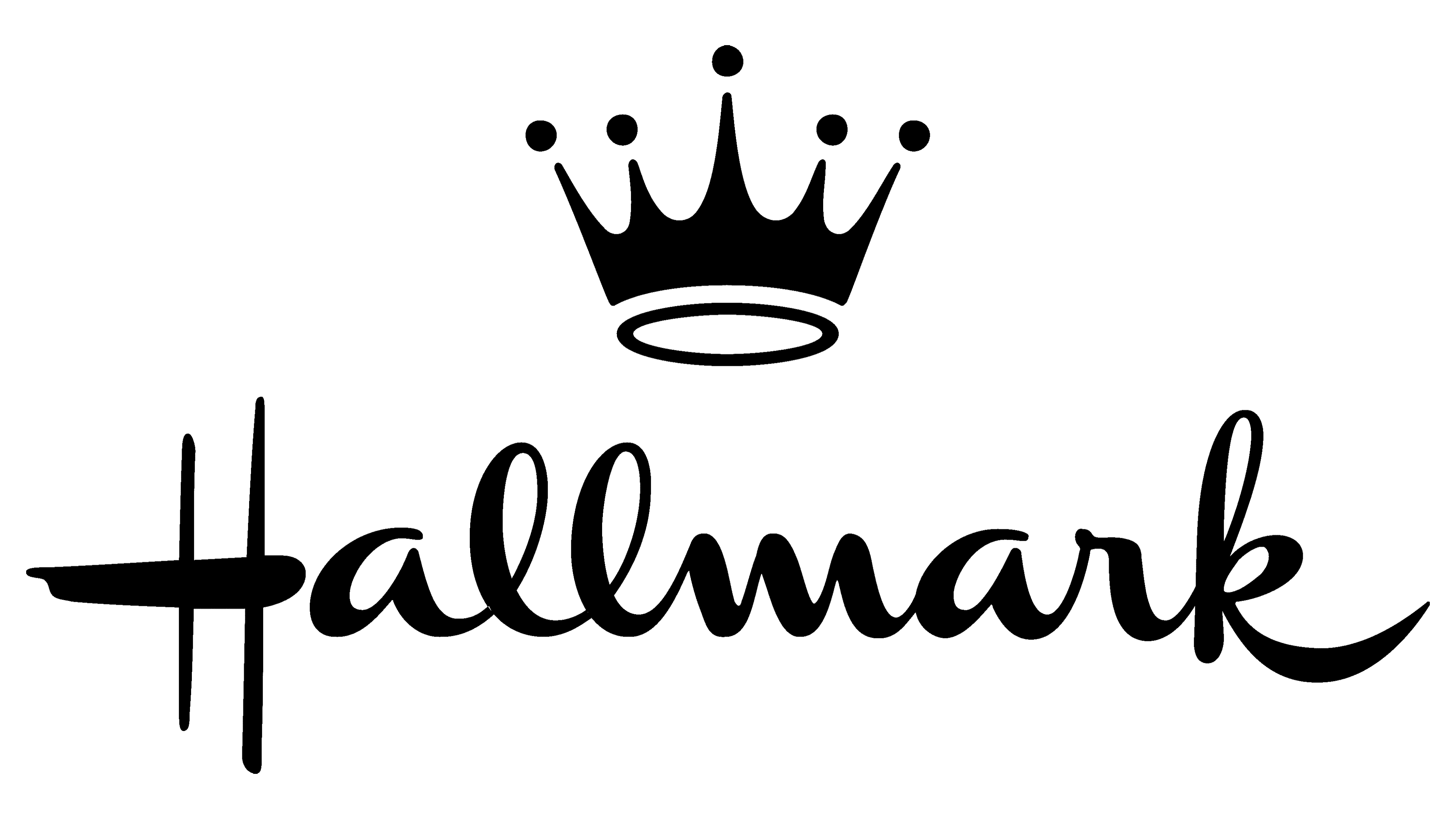Hallmark Logo
Tags: gift items | greeting cards | ornaments | USA
Hallmark Cards, Inc., stands as a beacon in the realm of personal expression, founded by the visionary Joyce C. Hall. This esteemed company, at its core, is celebrated for crafting greeting cards that resonate with millions. Beyond this, Hallmark diversifies into a range of products, including gift items, ornaments, and more. Operating across a global canvas, Hallmark’s reach extends into over 100 countries, making it a multinational entity in the social expressions sector. Its expansive presence is not just about business growth; it represents a mission to bridge emotional distances between people, making the world a smaller, more connected place through the power of thoughtful words and images.
Meaning and history
In 1910, Joyce Clyde Hall, armed with a dream and a handful of postcards, laid the foundation for what would become Hallmark Cards, Inc. This inception marked the start of a journey that would redefine personal communication. Hallmark’s significant milestones include revolutionizing gift wrapping with the introduction of decorative gift wrap in 1917, a serendipitous innovation that occurred when they ran out of traditional white, red, and green tissue paper during the holiday season. The creation of the Hallmark Hall of Fame in 1951 further showcased their commitment to storytelling and quality entertainment. Hallmark’s role in popularizing key holidays like Valentine’s Day and Christmas in the United States through their products is also noteworthy. Presently, Hallmark stands as a cultural icon, navigating the digital era with an unwavering commitment to enhancing emotional connections while upholding its founding principles of creativity, integrity, and quality.
What is Hallmark?
At its heart, Hallmark is a company steeped in the art of fostering connections. Renowned for its greeting cards, Hallmark’s portfolio extends to gifts and other keepsakes designed to commemorate life’s moments. With a legacy of over a century, the company remains dedicated to its mission of making the world a more caring and connected place, one card, one message at a time.
1910 – 1917
The inaugural emblem for Hall Bro’s, a distinct predecessor of the renowned Hallmark brand, showcased a strikingly unique design, a far cry from the contemporary logo. Originating in 1907 by the entrepreneurial Hall siblings – William, Joyce, and Rolly – this emblem represented the nascent stage of the Norfolk Post Card Company, the foundational entity of Hallmark. This original logo was a visual narrative of the name “Hall Bros.,” where “Hall” was presented in an ornate, bold script, characterized by its flowing contours and pronounced round tails, rendered in a deep black hue. In contrast, “Bros” was depicted in a more understated serif typeface, set in stark white against a connecting black banner, creating a harmonious blend of complexity and simplicity.
1917 – 1923
The transitional phase of Hallmark’s logo around 1917 to 1925 marked a pivotal shift in its visual identity. It was during this period that the logo began to prominently feature the word “Hallmark,” a nod to the age-old tradition of hallmarking jewelry as a testament to its quality. This new design marked a departure from the previous cursive aesthetics, opting instead for a more structured look. The logo now portrayed “Hallmark” in a crisp, sans-serif typeface, with each character distinctly separated by white spaces. This was complemented by the word “Cards,” which was styled with an elegant use of serifs, creating a balanced interplay of typography.
1923 – 1949
A rebranding initiative during this era brought forth a significant transformation in Hallmark’s emblem. The company opted for a more streamlined and sophisticated logo, reverting to the name “Hall Brothers” to emphasize its family roots and core values. The new logo was a study in minimalism and elegance, featuring a slimmer, more refined font. The words “Hall Brothers” were accentuated by a delicate, straight underline with tapered ends. The placement of “Hall” was notably dynamic, angled diagonally, intersecting the letter ‘B’ in a manner that highlighted the company’s inventive spirit and reinforced its distinct brand identity.
1949 – 1952
The year 1949 witnessed another evolution in Hallmark’s logo design. Retaining the essence of its previous styling, the new logo introduced a refined inscription: “A Hallmark Card.” This rendition was a nod to the elegance and precision of the 1923-1949 logo, yet it introduced a nuanced change: the underscore was now exclusively under the word “Hallmark,” ingeniously integrated as part of the initial letter. This design iteration was symbolic of Hallmark’s unwavering pursuit of excellence and a respectful homage to its rich legacy.
1952 – 1977
This period marked a seminal moment in Hallmark’s history, culminating in the creation of an emblem that closely mirrors the modern version. Under the creative direction of the esteemed artist Andrew Szoke, the logo underwent a significant modernization. Szoke’s contribution was not just in refreshing the logo’s aesthetics but also in introducing an iconic element – the crown, poised gracefully above the “Hallmark” inscription. Rendered in a sophisticated black hue, the logo featured the hallmark and the crown in a coherent, brush-stroked handwritten font. This design exuded confidence, illustrated the company’s prestigious stature, and encapsulated its esteemed reputation.
1977 – Today
The year 1977 brought with it a subtle yet profound refreshment of the Hallmark logo, preserving its fundamental visual theme while introducing meticulous detail enhancements. The crown, once an abstract motif, was now rendered with added intricacy. This was evident in the small black dots that adorned its five pointed tips and the more defined lines that shaped it. Concurrently, the font underwent a subtle transformation, adopting a more graceful and sophisticated demeanor. This refinement in design not only reflected the logo’s aesthetic evolution but also symbolized Hallmark Card’s flourishing identity, mirroring its expansive growth in product diversity and market reach. This updated logo became a visual representation of the company’s enduring prosperity and success.






